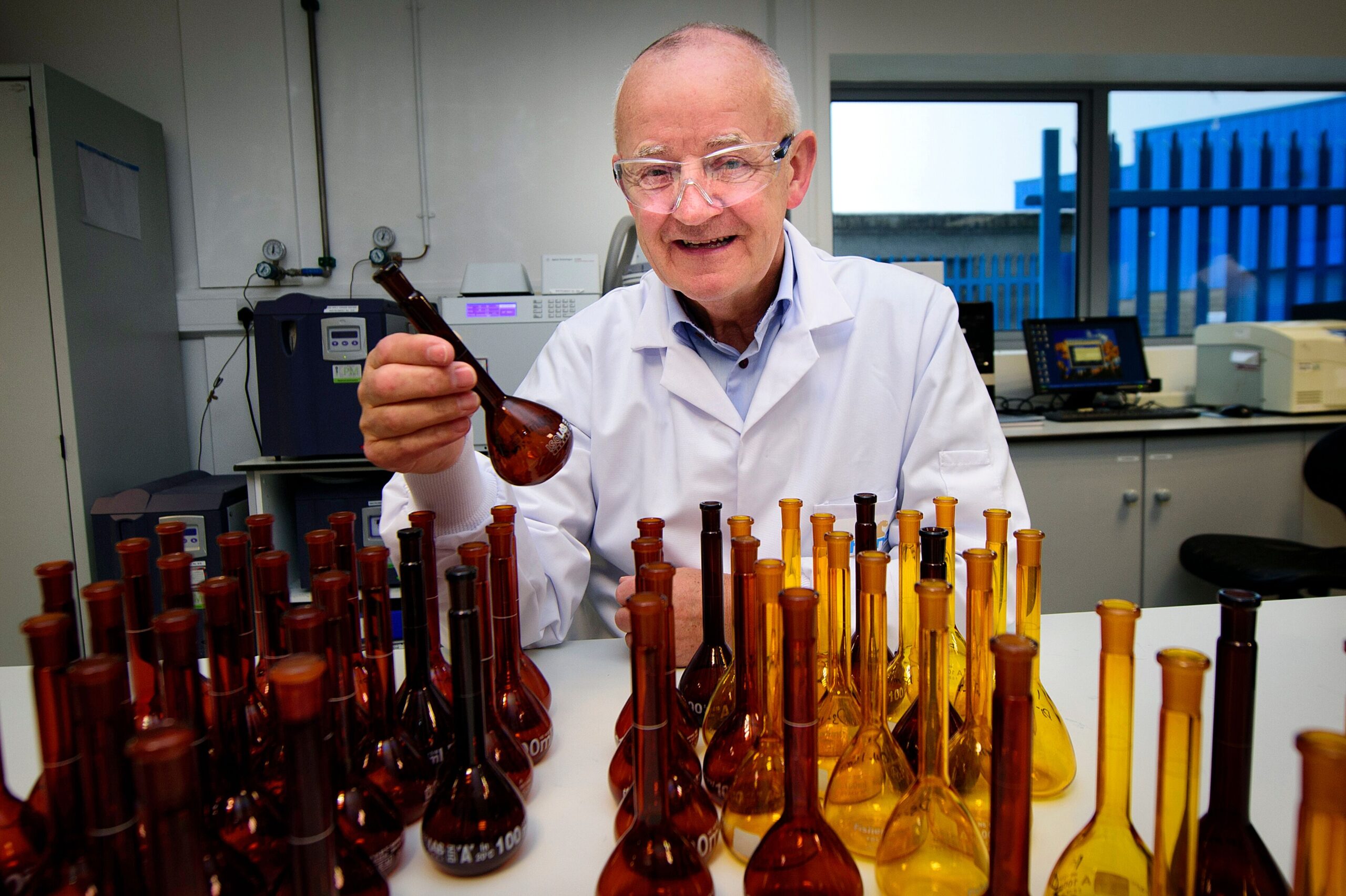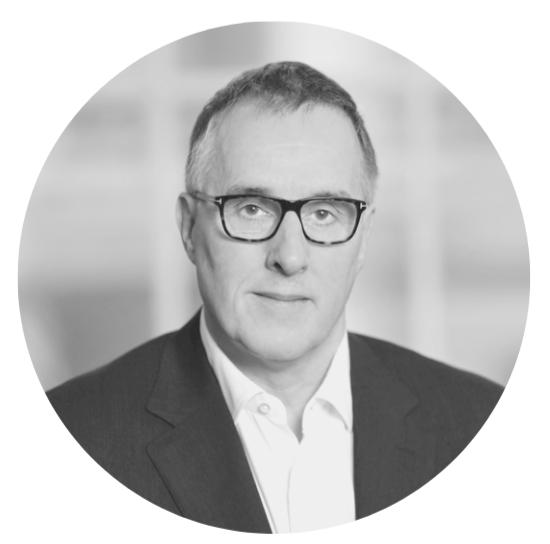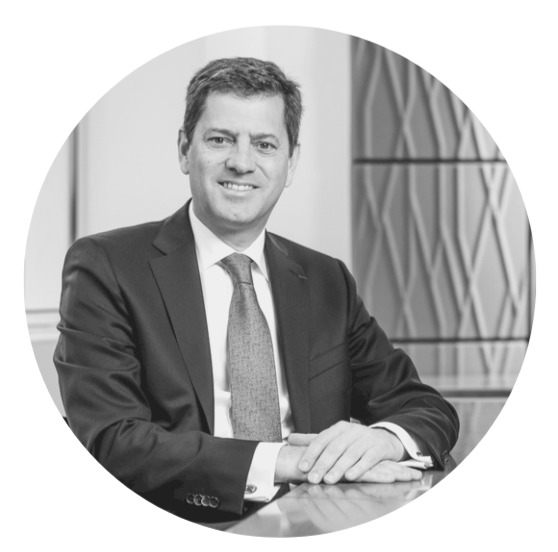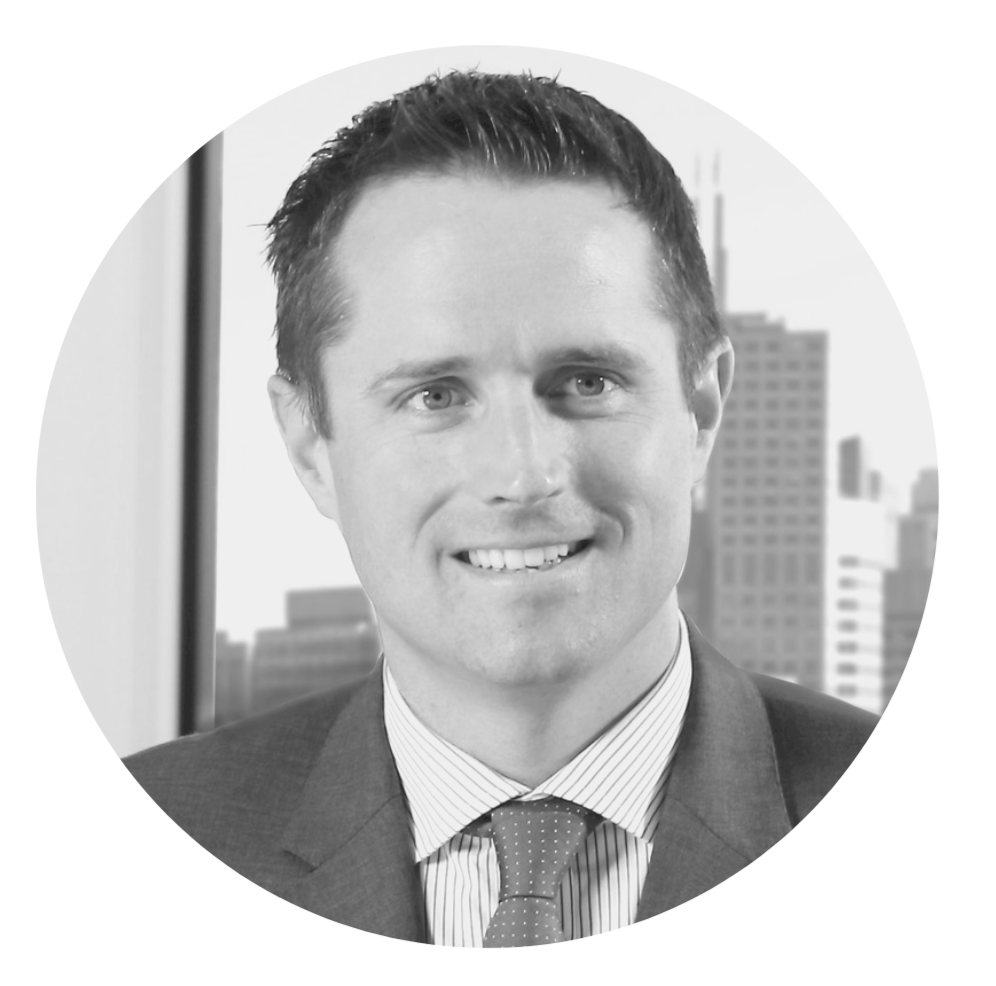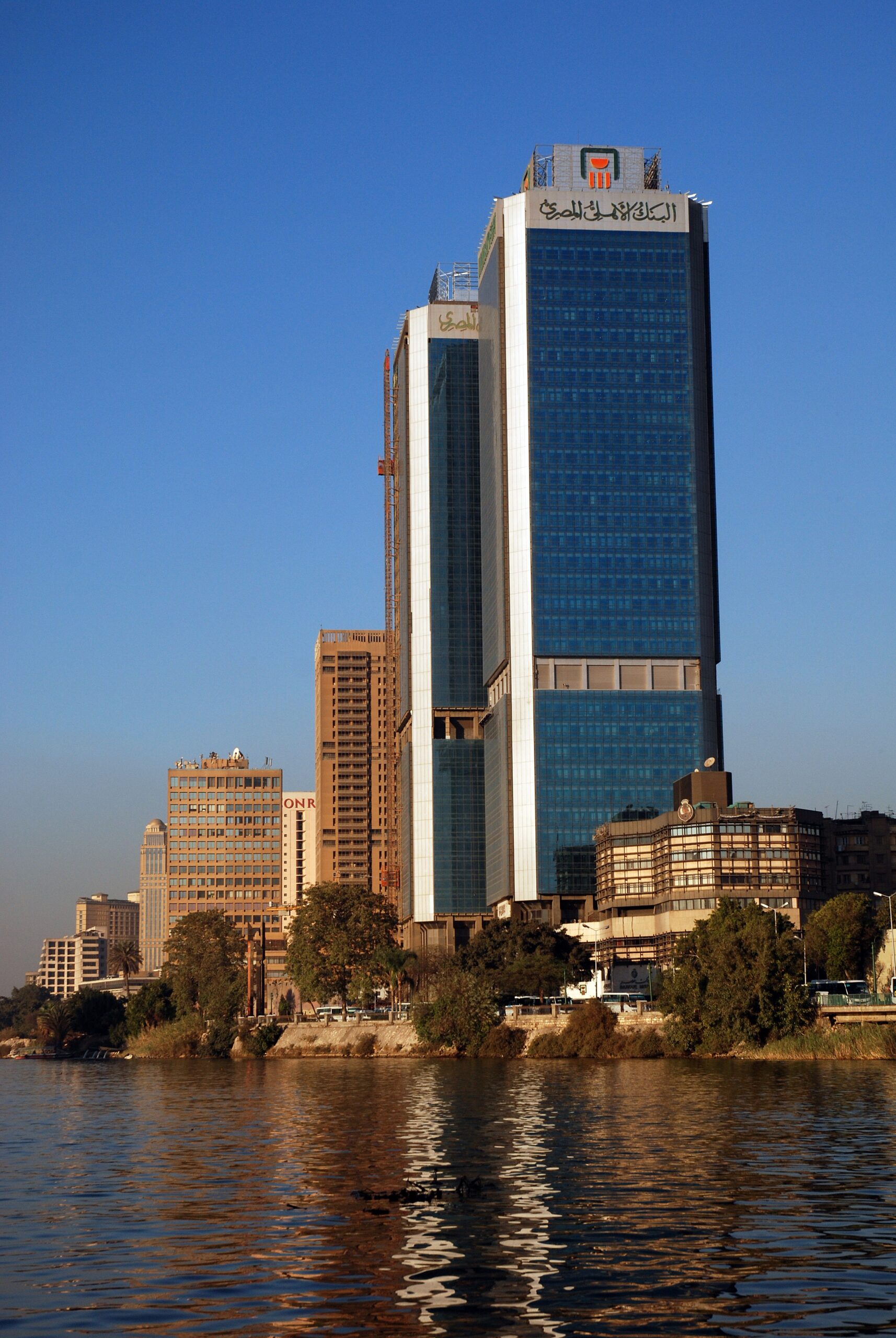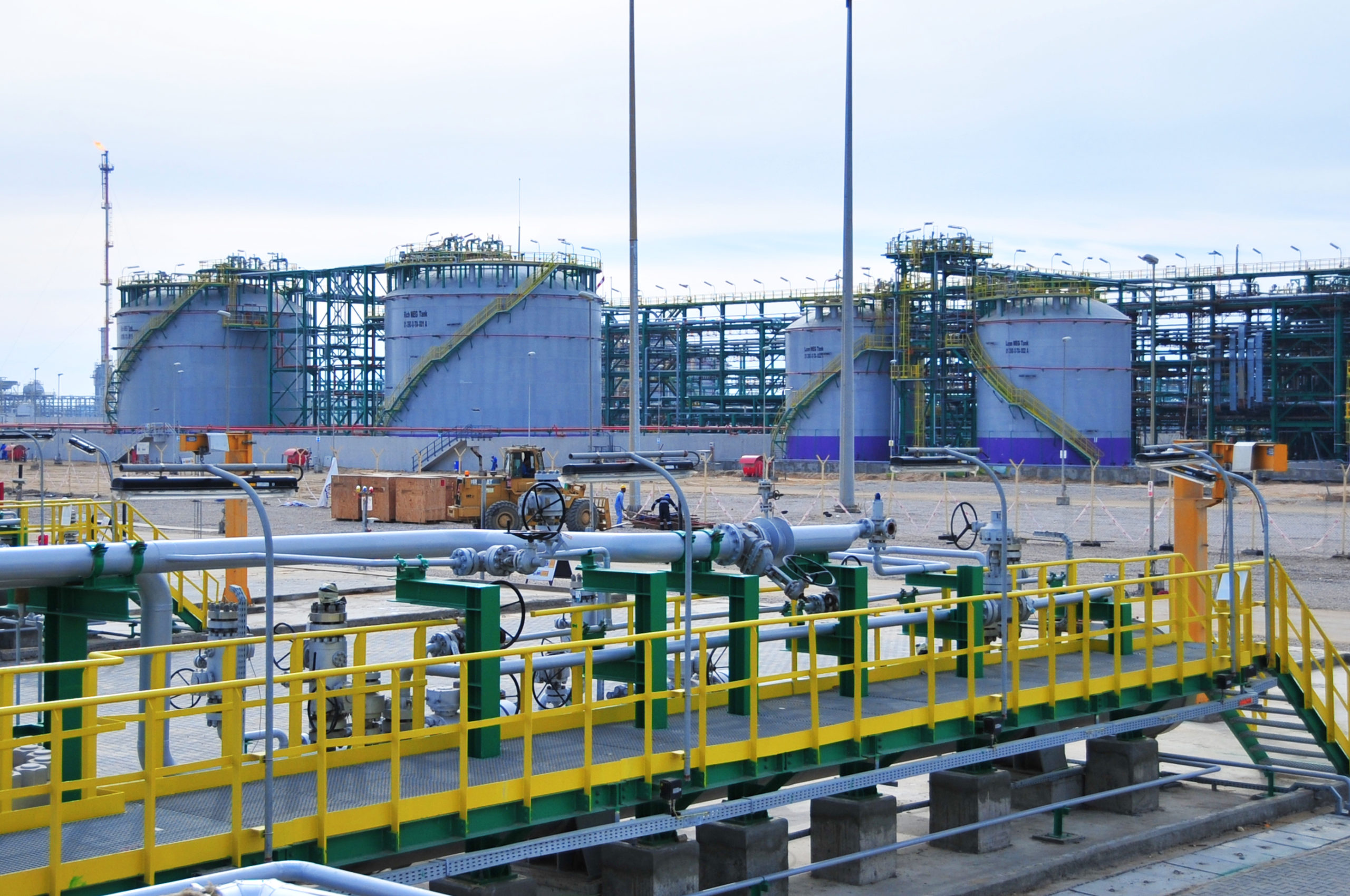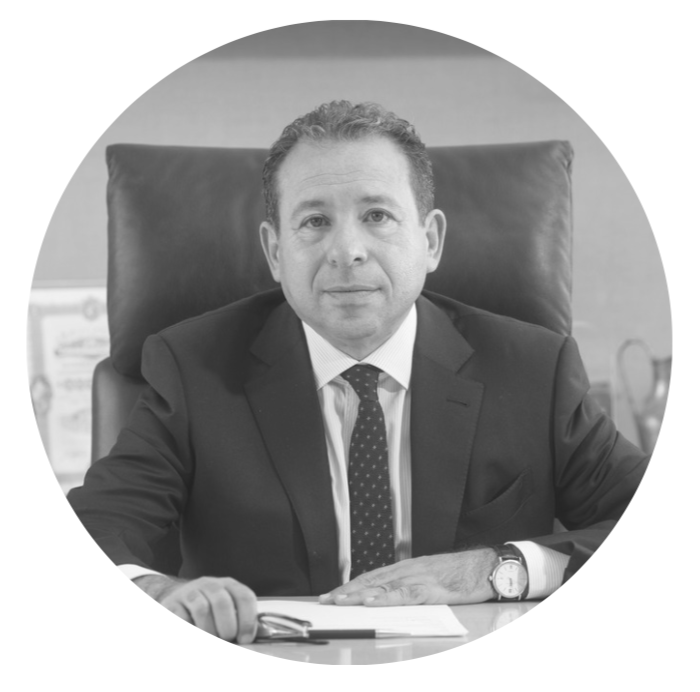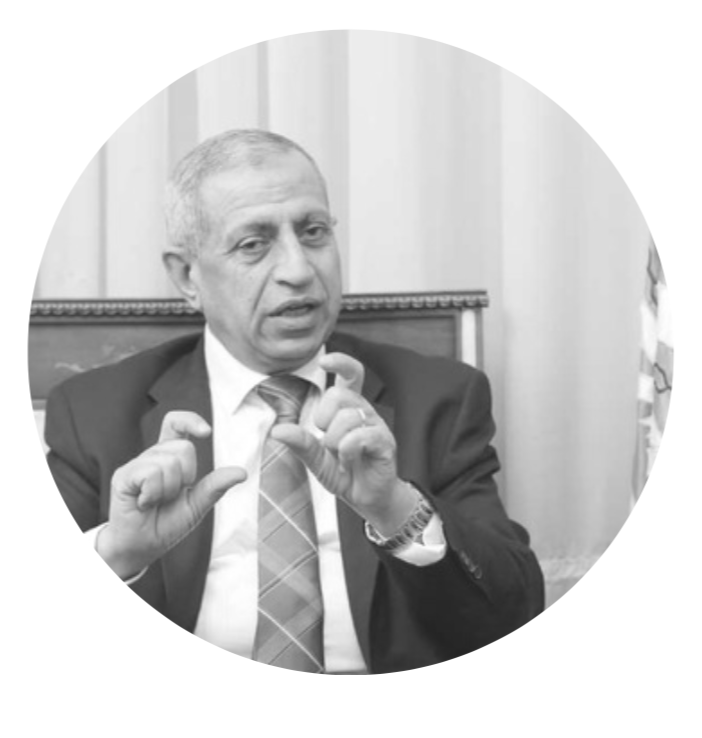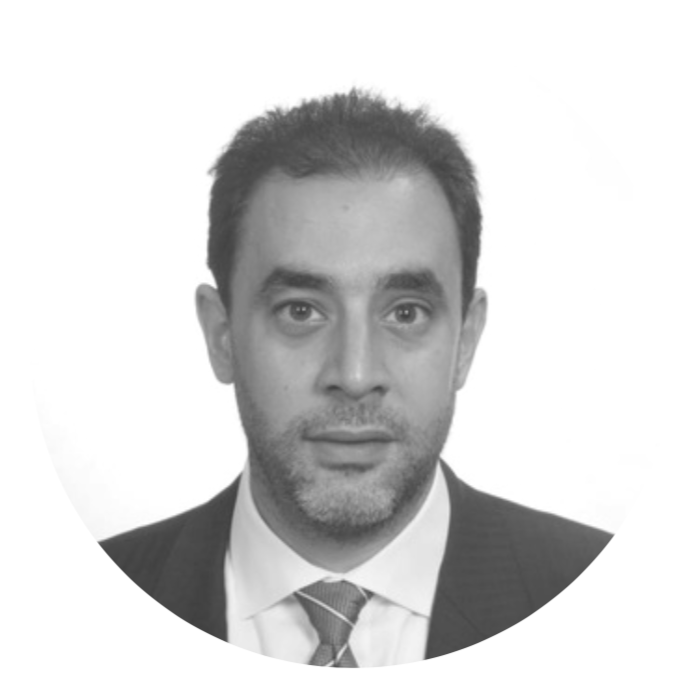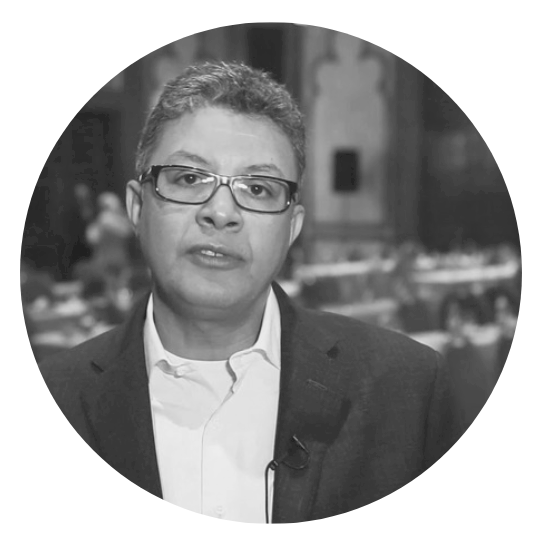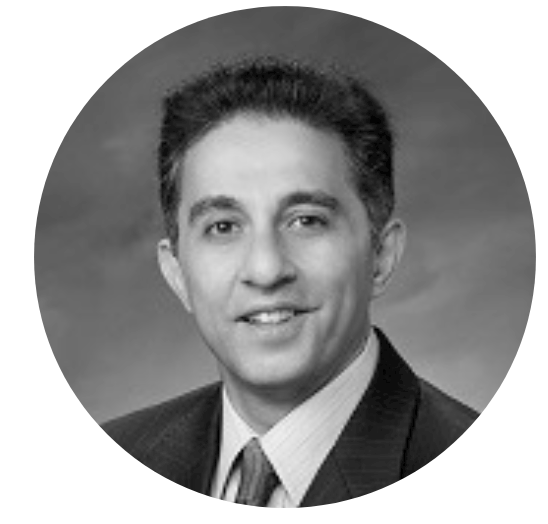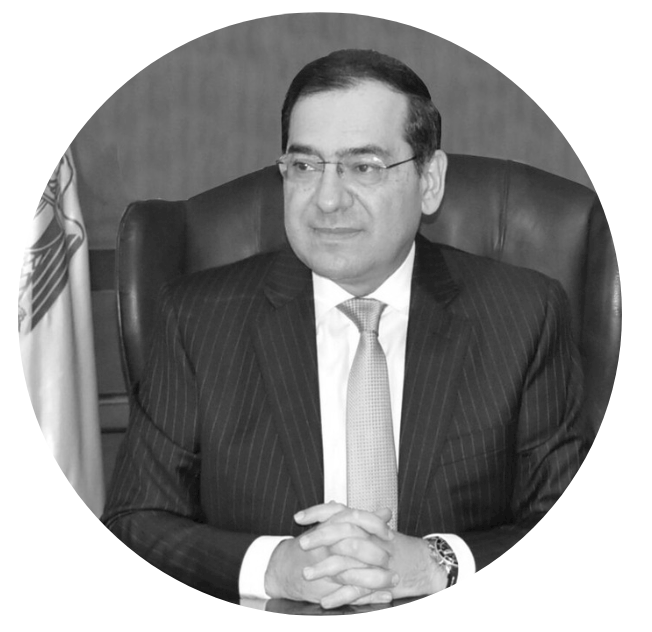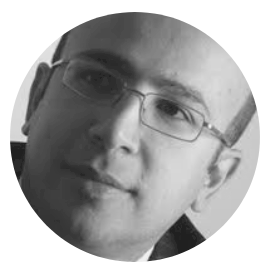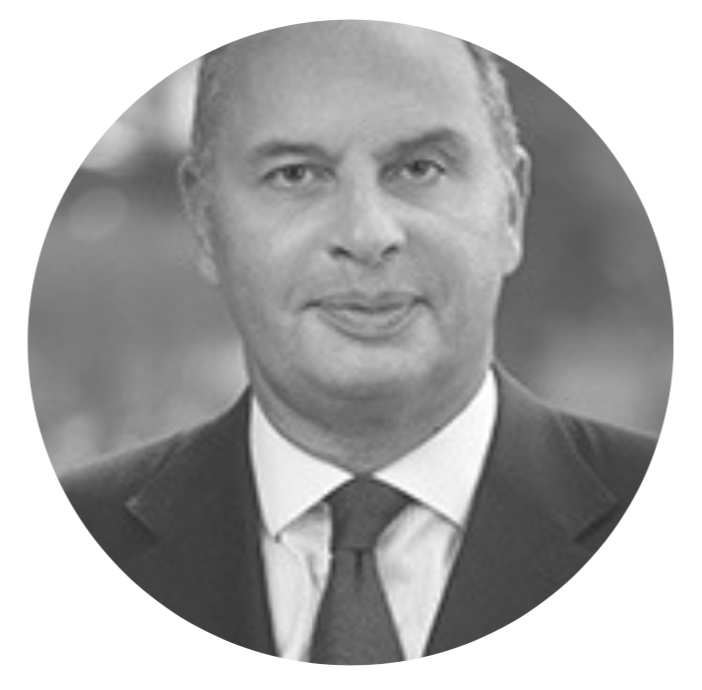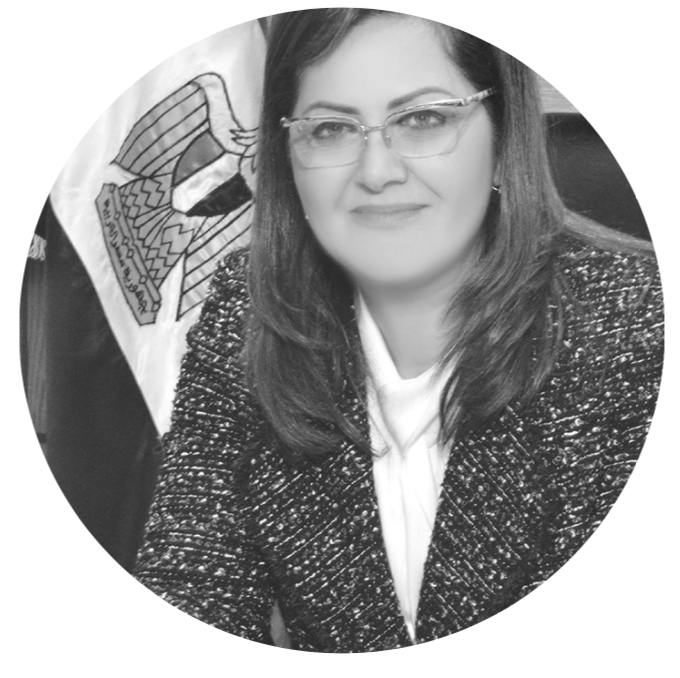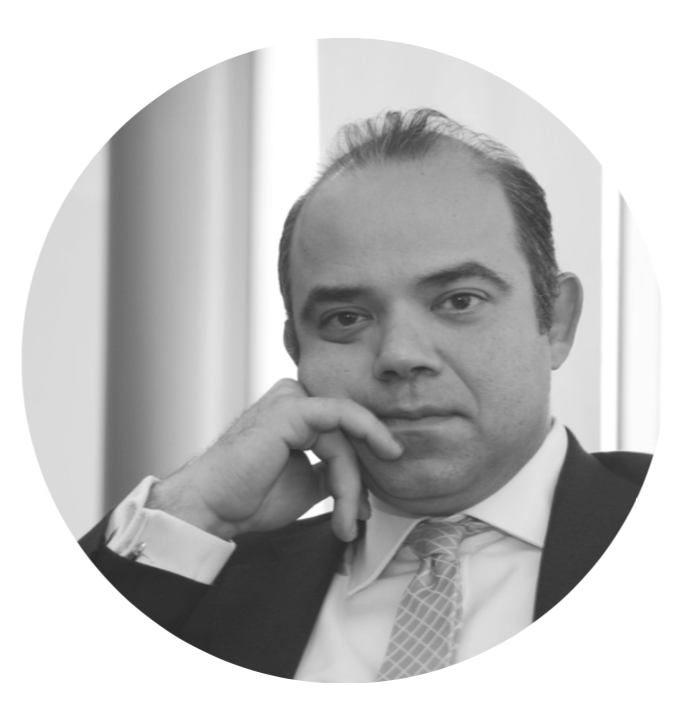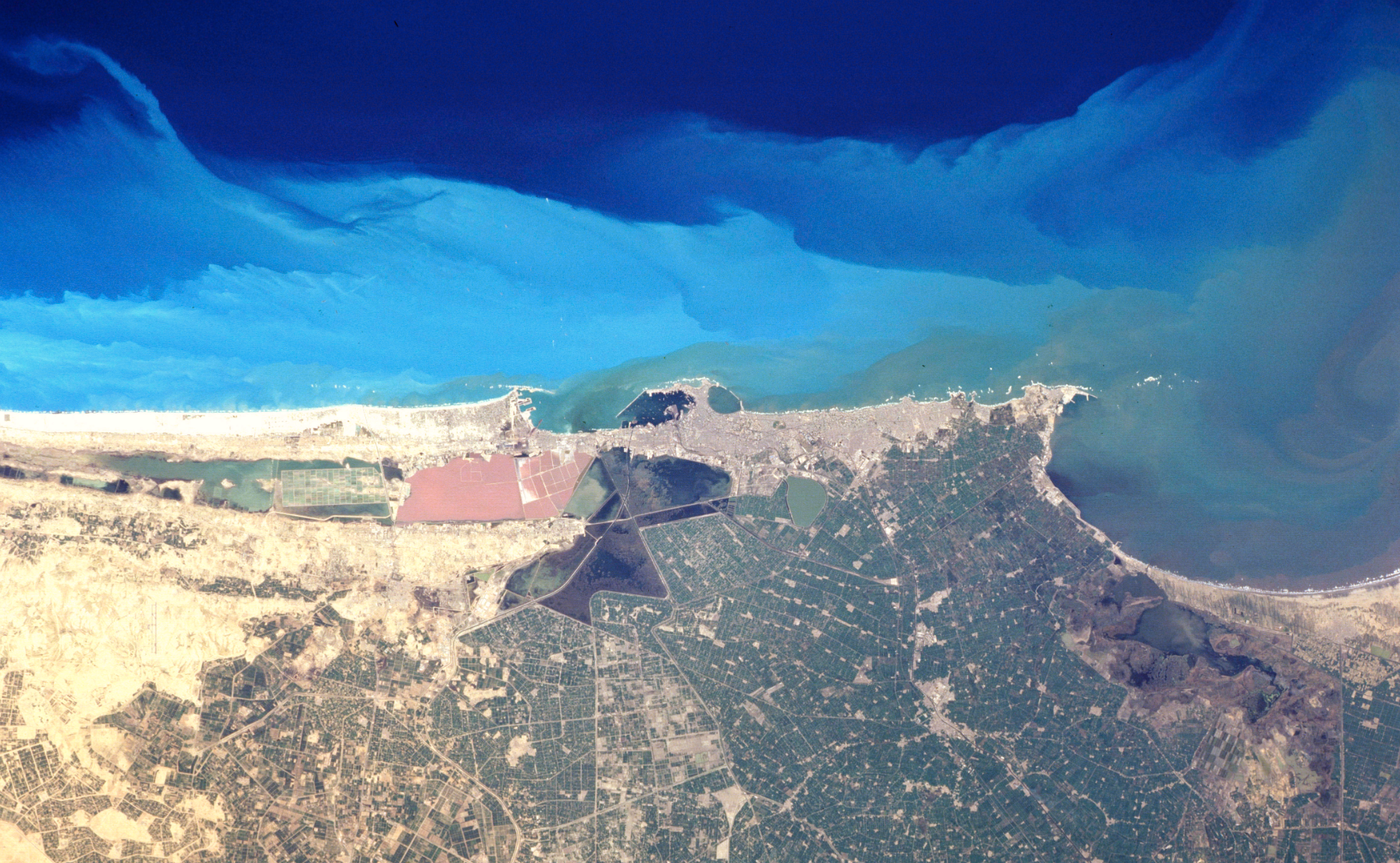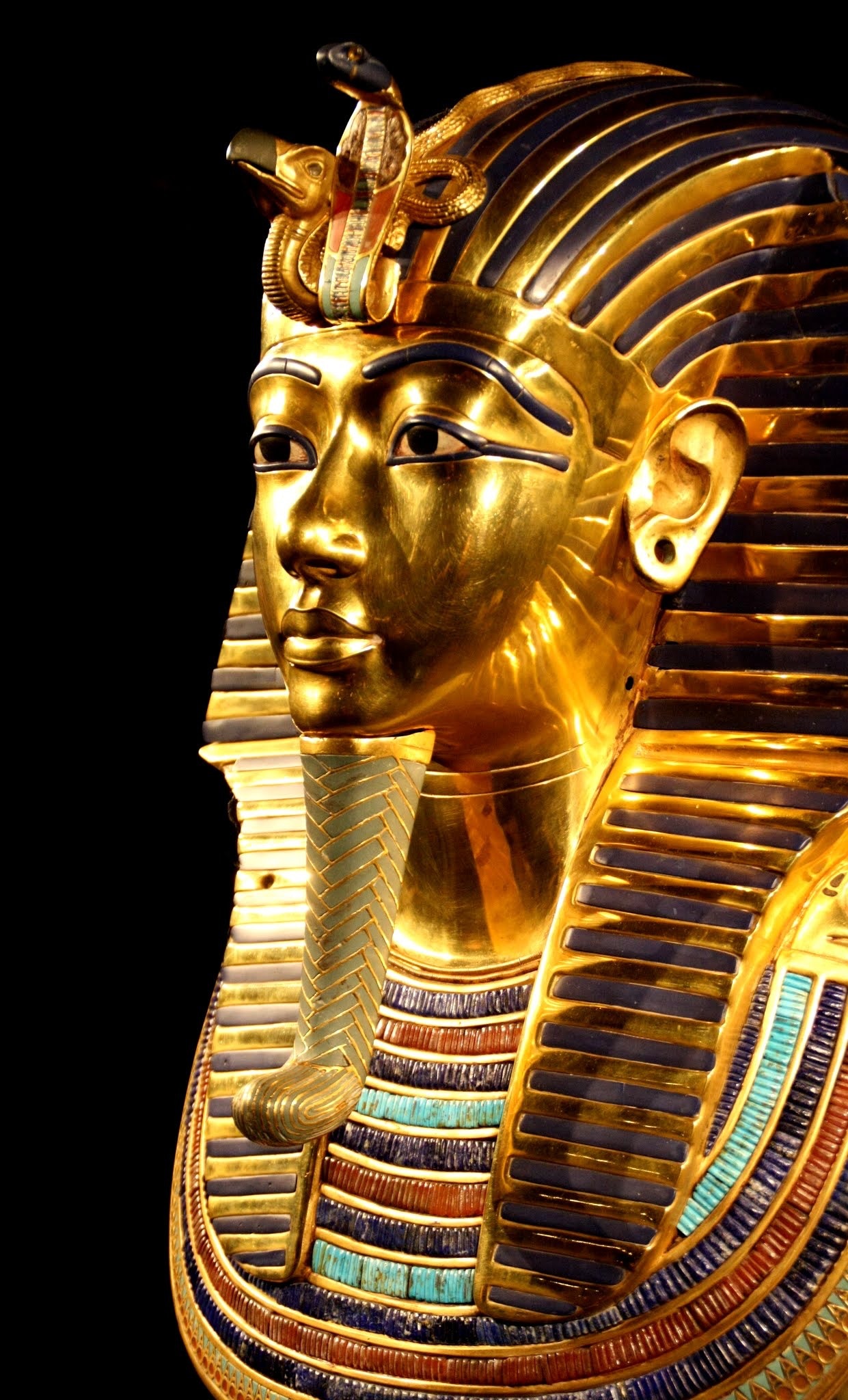Egypt is the regions fifth-largest economy and increasingly on the global investment map. According to the International Monetary Fund Egypt was the third largest economy in Africa with a GDP of EUR 208 682 million in 2017 after Nigeria’s EUR 331 061 million and South Africa at EUR 304 642 million. Egypt’s economic fundamentals in 2018 are improving and with its GDP growth reaching 5.4% of the nation is the fastest growing in the region. It is aiming for 7% by 2022.
Egypt went through several years of political turmoil in which there was no longterm coherent economic policy. Slow GDP growth averaged 2%, and limited foreign exchange earnings hindered public financing making authorities dependent on expensive borrowing for deficit finance. Meanwhile, Gulf allies supported Egypt with aid and helped its import bill with fuel shipments. National stability continues to hinge on the revitalization of the economy. A growing young population combined with unemployment, poverty and increased repression pose security challenges moving forward. A sustainable and inclusive economy is needed to ensure a prosperous and stable future for Egypt.
Since being elected in 2014, President Abdel Fattah El-Sisi began a process of economic reform to overhaul the struggling economy. Economic challenges led to the government signing a three-year EUR 10 577 million Extended Fund Facility in late 2016 which was linked to increasing national reforms even further. The core of which included the withdrawal of fuel and electricity subsidies, the liberalization of the Egyptian pound, raising interest rates to contain rapidly rising inflation, strengthening social safety nets and the introduction of 14% VAT.
There are reasons for optimism within the economic recovery. The government’s economic policy reforms are slowly reaping benefits.
Key promising facts:
Investors should consider Egypt’s advantages and strong points.
It has a strategic geographic location, possesses a low-cost and relatively qualified labor force, the growing population is a massive domestic market, its tourism potential is untapped, it holds colossal energy and mineral resources, an ongoing public work policy offers a variety of investment opportunities, its economy is well-diversified economy (energy, tourism, Suez Canal revenues, industrial base, amongst others,) and government policy is continuously working to improve the business climate.
There is an increase in foreign currency liquidity. Access to foreign capital markets and fiscal reforms brought public finances under control. Net exports registered a surplus for the first time since 2011. Investments increased from 1.2% in 2014 to 2.5% of GDP in fiscal 2017/2018 with industry and tourism leading. Unemployment declined from 13.3% in 2012 to 9.9% in 2018. The deficit decreased from 16.7 percent in 2013 to under 9.8% in 2018, and the government plans to reach 8.4% in 2019.
The giant Zohr field will meet domestic energy demands for a decade thereby improving the trade deficit while being a potential future lucrative export. The reform momentum is expected to continue through 2023. The subsidy cuts however caused inflation to soar to 34%. It was brought down to 13% in mid-2018 and slipped to 15.6% in November 2018. The annual rate slowed to 12 percent in December 2018 just below the government target. The monetary authority lowered its inflation goal for the fourth quarter of 2020, setting it at 9 percent.
The reforms, which were necessary to address practices that made Egypt inefficient, expensive and uncompetitive, have been tough on Egyptian companies and the population which saw prices rise 50%. The dividends of the reform process are now beginning to bear fruit, and an increasing number of global companies are looking at large future investments to capitalize on the economies rebound.
The Egyptian government’s reforms aimed to encourage economic growth while re-attracting foreign direct investment. New legislation was also passed to make the economy more competitive. This included a new investment law that cleared bureaucratic impediments and offered incentives for investors. This saw foreign direct investment (FDI) increasing 24% in the first half of 2018 compared with 2017.
The IMF and economists have praised Egypt’s reforms, and its ability to adhere to the implementation of targeted reform measures over the past two years. Egypt will receive the fifth tranche of its EUR 10 577 million IMF loan program in January 2019. However, Egypt will not extend or seek further funding from IMF once the program concludes. It will instead work on maintaining a loose relationship with the IMF to reassure investors.
Foreign currency inflows: In 2019 Egypt expects to receive nearly EUR 832 784 million in foreign currency inflows.
Exports are expected to represent inflows of EUR 21 543 million, remittances EUR 20 423 million, tourism revenues EUR 9 646 million, foreign direct investment EUR 7 892 million, Suez Canal revenues EUR 4 998 million, foreign currency-denominated bonds EUR 3 507 million and the fifth and sixth tranches of the IMF facility EUR 3 507 million. Egypt’s net foreign reserves remain stable at EUR 39 042 after doubling since 2016. An all-time low of EUR 13 147 million was reached in October 2016.
Global challenges: There are serval unfavorable developing in the region. Oil prices and USD exchange rate are currently growing which is making meeting the deficit target harder. Interest rates are still high. The Egyptian Stock Exchange (EGX) is suffering from the plunge global emerging market assets witnessed mid-2018. This has yet again delayed plans for a number of government-owned enterprises to go public. Several global emerging markets have suffered while Egypt continues to absorb these external pressures showing resilience.
Reform: It is important to remember the significant national problems between 2014 and 2016 that highlighted the need for reforms. Electricity cutouts affected households and factories for over six hours a day. The Ministry of Health had difficulties financing the purchase of imported virus C medication. Even wheat suppliers were worried Egypt would be unable to pay in foreign currency and demanded upfront payments.
The reforms have tackled mainly these and other issues while focusing on touching social safety nets, healthcare, education, and housing to build stable macroeconomic indicators and foster social inclusion.
The national importance of ensuring social safety nets cannot be underestimated. Reforms had unfortunate consequences and increased economic hardship to the population. The currency lost half its value, cost of living reached unprecedented levels and loans taken out in USD suddenly had a significant risk of default.
Annual inflation rate rising to a record 34.2 % translated into transportation costs rising 36.7 %, healthcare 24 %, food, and beverage 43 % This was made worse by the newly added 14 % value-added tax (VAT).
The financial hardship will be felt over several years, and the most socio-economically disadvantaged segments of society continue to feel it the most. To mitigate the effects of soaring prices on the most vulnerable the government has tightened eligibility while increasing allocations for remaining subsidy cardholders.
Subsidy reforms: These continue to be an essential policy tool acting as a social safety net to support low-income households. One of the long-standing core issues was that high and middle-income Egyptians also benefited from them.
Several Egyptian governments previously attempted to cut public spending by decreasing subsidies with limited success, and it remains a sensitive topic. Out of the subsidy budget, 73% was reserved for energy subsidies. The total subsidies on petroleum and natural gas over the past five years have amounted to EUR 25 313 million.
The government has made substantial cuts to subsidies taking advantage of lower global oil prices. Since 2014, substantial cuts saw energy prices increase by 50 %. These included gasoline, gas, and electricity for domestic and industrial consumption. Domestic water tariffs also increased by 50%.
Egypt budget is based on oil prices of EUR 58 a barrel and every euro above the baseline adds EUR 193 million in subsidy costs. With the U.S. reimposing sanctions on Iran experts anticipate oil prices to increase in 2019.
Economic inequality:
Economic favoritism has grown the wealth inequality gap, and Egypt continuously ranks low on wealth distribution. While at the turn of the millennium 33% of Egyptians owned half of the national wealth this fell to 1% in 2014. The much-needed reform program aggravated the situation.
The purchasing power of more impoverished Egyptians has fallen even with macroeconomic indicators improving and with the economy trying to absorb the initial price hikes.
According to a study by the European Bank for Reconstruction and Development (EBRD) wealth disparity in Egyptian society revealed the parental socio-economic background and geographic region significantly contributed to opportunities for work, education, and health amongst others.
Megaproject debate: Ambitious projects are expected to generate high increases in revenue in the long term. Billions in foreign aid and loans have been allocated to mega infrastructure projects that have strong political links and are yet to yield their intended economic results. These have done little in the short term to improve the health of the economy with critics debating whether they are needed, or if Egypt would be better served by directing resources to much-needed investments in education and healthcare. With many projects on the fast track and their launching dates approaching quickly Egypt will soon see if the strategy will pay off.
Informal economy: The African Development Bank estimates Egypt’s ‘grey economy,’ or the informal small businesses with it represent between 37% and 68% of the economy. These businesses contribute to the economy but are not regulated and do not provide tax-revenue contributions. Improving business registration and reducing the costs of registration and taxation would make it worthwhile for businesspeople to legitimize their trade. Currently, Egypt ranks 120 out of 190 in the World Bank’s Ease of Doing Business ranking.
Projects that will drive economic growth:
Enabling Infrastructure: There are nearly EUR 325 768 million invested in active construction projects across all sectors including hospitality, real estate, transportation, and energy infrastructure.
Nearly EUR 48 968 million have been invested in infrastructure and services in Egypt’s governorates since 2014. EUR 9 795 million of which were in the field of oil. Investments in electricity projects reached EUR 9 208 million, roads EUR 8 572 million, social housing projects EUR 6 318 million and sanitation and drinking water projects EUR 3 379 million.
In 2016 alone Egypt invested of EUR 14 500 million in infrastructure projects. The nation saw 6 200 kilometers of new roads and a 45% increase in power generation capacity.
Abundance of natural resources: Egypt is the largest non-OPEC oil producer in Africa and the second largest natural gas producer. It holds a billion tons of phosphate rock and is rich in gold being home to one of the world’s top ten producing gold mines.
New Administrative Capital: The new urban development will hold Egypt’s administrative capital which will strengthen and diversify the nations economic potential. The city in the easternmost part of the Cairo governorate will create new residential areas and offices for a population of up to seven million.
New Al Alamain City: The Egyptian city of Alexandria has grown well beyond its capacity, and New Al Alamain City is being built 100 kilometers west creating what is being heralded as a second Alexandria. The initial investment value has reached EUR 9 300 million including several projects in healthcare, logistics, industry, education, energy, agriculture, and tourism.
Suez Canal Economic Zone: The new zone aims to generate up to EUR 11 400 million per year by becoming a global trade hub.
Agriculture: The government is allotting 6 300 square kilometers for agricultural lands to achieve full self-sufficiency and ensure food security. The measure hopes to restore Egypt’s status as a major agricultural hub and is expected to increase available agricultural land by 20%.
Golden Triangle: The region is one of the wealthiest areas in mining sources within Egypt accounting for 75% of mining minerals. A plan for an economic zone in the region has been around for decades, and its development continuously postponed. Due to these prolonged issues, the government hopes to find a private sector company to manage its execution and is implementing measures to streamline the process.
Damietta Furniture City: Egypt’s furniture sector is known for its hand-carved decorations and excellent quality. It has an excellent reputation within the Middle East and is increasingly known in Europe. Many of its stakeholders worked within informal workshops that lacked much-needed infrastructure. The new furniture complex in Damietta is bringing together all relevant stakeholders into a zone designed and prepped to meet its needs with a goal of increasing efficiency and facilitating exports. The sector is worth EUR 683 million, and its exports have increased 51.6% in the past five years.
Energy: The EUR 25 675 million 4 800 MW planned El Dabaa Nuclear Power Plant expects to contain four VVER-1200 reactors and make Egypt the only country in the region to have a Generation III reactor. The EUR 4 987 million 6 000 MW planned coal-fueled power plant in Hamrawein will expand over three phases same as the EUR 4 629 million 3 960 MW planned Coal-Fired Power Plant in Suez on the Sinai Peninsula.
Transport: The EUR 3 700 million Greater Cairo Metro – Line 6 is currently under construction building a 20 km metro line that will include 24 stations of which 12 will be built underground. The Luxor to Cairo – High-Speed Railway System is planned with a budget of EUR 6 896 million on 700 kilometers that are expected to carry about 3.4 million passengers per year. The planned EUR 3 837 million Luxor to Hurghada – High-Speed Railway System plans a 300 km track to carry 1.5 million passengers per year.
Growing Trade: The total value of Egypt’s import and export transactions reached $ 65.6 billion in 2018. Efforts are in place to decrease imports, but figures still increased to $46.8 billion. Exports rose by 18.23% to EUR 17 254 million. By November 2018 exports had risen 10% reaching EUR 19 784 million and full year estimates reached EUR 24 234 million.
Between 2002 and 2016, bilateral trade in goods between the EU and Egypt grew by 170% from EUR 10 100 million to EUR 27 300 million. Egypt’s largest single trade partner is the United Arab Emirates at EUR 4 263 million, China EUR 3 984 million, United States of America EUR 3 205 million, United Kingdom 2 756 million, and Turkey 1 980 million.
Exports: During the first half of 2018 Egypt’s exports increased by 14%. Leading export areas included; chemicals and fertilizers which increased 26%, handicrafts that rose 17.8%, pharmaceutical with 16.4%; textiles at 11%; and books at 38%. Agriculture exports increased 4.5% reaching 4.9 million tonnes. Food exports reached EUR 1 286 million in the first half of 2018 with the MENA region representing a market share of 52%.
Remittances: Remittances from the 9.4 million Egyptians living abroad are a crucial foreign currency supporter. It represents an essential contribution to GDP accounting for 10.8% of Egypt’s GDP.
They are expected to reach EUR 20 423 million, a rise of almost 50% in fiscal year 2017/2018. This has been driven Saudi Arabia new legal framework which sought to tax foreign workers’ dependents, and this caused Egyptians to send their families to Egypt and consequently led increased remittances for them. This caused Egypt to be among the world’s top recipients of remittances in 2018.
GDP Growth: Egypt recorded the highest growth rate in over a decade at 5.3%. Investment and exports made up 74% of growth. Following the 2011 revolution GDP growth reached a record low of 3.8 percent and Egypt is back on track with estimates surpassing 7% growth in the coming years.
Total public debt: Egypt’s total public debt reached EUR 166 517 million in 2018 up from EUR 155 574 million in 2017 and EUR 128 320 million in 2016. Public debt to GDP ratio stood at 98% in fiscal year 2017/2018, and the government plans to reduce this to 75% of GDP by 2022.
Foreign Debt: The government is looking at methods of cutting costs to reduce debt. Egypt’s foreign debt rose to EUR 77 369 million in July 2018 and is expected to reach EUR 90 209 during the fiscal year 2019-2020. The Central Bank of Egypt considers foreign debt to GDP ratio is within safe limits at 36.8%. In 2019 Egypt is likely to cap foreign borrowing at EUR 12 540 million.
Foreign Direct Investment: Egypt attracts more FDI than all North Africa combined. Despite a slight decrease, Egypt remains by far the country attracting the largest annual FDI inflow in Africa with the next two being Ethiopia with EUR 3 158 million, and Nigeria with EUR 3 070 million.
Egypt ranks as one of the best foreign direct investment destinations in Africa and is the second biggest recipient of FDI in Africa and the Arab World. Compounded total FDI in Egypt stands at nearly EUR 98 053 million.
Egypt’s annual FDI attraction peak was in 2008 when it reached EUR 11 619 million before falling sharply to a EUR 1 921 million. It has since climbed steadily before falling slightly to EUR 6 757 million in the fiscal year 2018. Government conventions and exhibitions are unlikely to attract investment, Egypt genuinely needs to create an investor-friendly with additional laws and policies that embrace free-market principles and allow industries to thrive.
Net annual FDI inflows:
2010/11 – EUR 1 929 million
2011/12 – EUR 3 508 million
2012/13 – EUR 3 332 million
2013/14 – EUR 3 595 million
2014/15 – EUR 5 613 million
2015/16 – EUR 6 051 million
2016/17 – EUR 6 928 million
Egypt struggles to attract major foreign investments outside the oil and gas industry. The petroleum sector attracted. The sectoral breakdown shows the oil sector represents 66.3% of all FDI while the services sectors 11.8%, manufacturing 10.2%, construction 4.3%, ICT 3.9%, real estate 2.5%, finance 2.1%, tourism 0.4% and agriculture 0.1%. Sectors with notable investment increases include real estate, renewable energy, and coal.
With 8% of world trade passing through the Suez Canal Egypt easily connects investors with established and emerging markets through its strategic geopolitical location. Egypt offers critical access to core markets in the region by being one of the largest signatories of multilateral and bilateral trade agreements including;
Egypt-EU Association Agreement
Common Market for Eastern Other Africa (COMESA)
Egypt-EFTA Free Trade Agreement – EFTA (Iceland, Liechtenstein, Norway, and Switzerland)
Qualified Industrial Zones (QIZ)
Agadir Free Trade Agreement
Greater Arab Free Trade Agreement (GAFTA)
Pan Arab Free Trade Agreement
Egypt Turkey Free Trade Agreement
Egypt-MERCOSUR Free Trade Agreement
One of the core challenges has been the full utilization of these agreements to unlock all their benefits.
Two useful indicators providing investors an in-depth perspective are the Global Competitiveness Index and World Bank Ease of Doing Business index.
Global Competitive Index (GCI) Rank:
Egypt ranked 94 out of 140 on the World Economic Forum’s Global Competitiveness Index with 3.9 out of 7 points. This is a massive improvement from its 2015 rank of 119, and on track to slowly regaining its all-time high position of 70 in 2010 which saw it score 4.04 out of 7 points.
Egypt has improved its innovation capability and decreased the costs of starting a business.
A core improvement has been in the legal framework for settling disputes. Egypt has been ranked among the three countries with the best judicial systems in Africa. Thanks to free access to the justice system, legal aid and various legislative instruments like the Trafficking Law Egypt has been able to improve the legal framework. However, a core challenge remains the enforcement of judicial decisions.
Problematic Factors: Policy instability, inflation, and corruption are core challenges. Egypt also lags behind the MENA region on ICT adoption which the GCC understandably is leading through massive investments. The ongoing economic reform program affected the macro-economic indicators negatively in the short term. This caused these indicators to be bogged down due to due to inflation, the low skill level of the labor market, lack of female participation in the workforce, and an adverse attitude toward entrepreneurial risk. Two areas where Egypt fared worse than in the previous year were corruption and the burden of government regulations.
Corruption: According to Transparency International’s corruption ranking Egypt came in 117th out of 180 countries. Within the report, Egypt showed a slight increase in corruption with its recorded points decreasing to 32 from its 34 points in the 2016 report. The government’s upcoming digitization drive is meant to both streamline services and curb corruption.
The governments affirmed regulatory institutions would firmly fight corruption and numerous officials have been arrested over the last two years. The Administrative Control Authority (ACA) is responsible for enforcing laws and regulations within state bodies, and its efforts were very fruitful in the two years. They have prosecuted several high-profile cases which are leading to a noticeable decline in corruption incidents.
World Bank Ease of Doing Business report 2019: A stable political environment combined with economic and legislative reforms boosted Egypt’s ranking between 2015 and 2019. Egypt is among the most-improved countries. Jumping eight spots to rank 120th out of 190 countries. In 2018 Egypt facilitated three core segments of the doing business report. Egypt has even made it to the top performers ranking after the implementation of regulatory reforms. This rise has improved the confidence of overseas investors. The best ranking Egypt received was 106th in 2009.
The process of starting a new business became easier. It now takes an average of 11 days and 6.5 steps to start a business. Between 2008 and 2011 Egypt cut the costs of starting a business, reduced the paid-in minimum capital requirement, abolished bar association fees, automatic tax registration, and lowered registration fees. In 2017 the creation follow-up unit in charge of liaising with the tax and labor authority on behalf of the company eased procedures.
Egypt strengthened the legal rights of borrowers and lenders and made it easier to access credit.
An increase in corporate transparency and stepped up protections for minority investors allows the expansion of the shareholders’ role in company management.
The World Bank highlighted that Egypt introduced a new restructuring procedure for resolving bankruptcy. This restructuring process avoids jail terms while including training programs on solvency law while giving creditors greater participation in the proceedings. It is noteworthy that a new bankruptcy law was passed in 2017.
Paying taxes was made, and the VAT refund process was improved.
Challenges: Registering property ranked 119th and Egypt made it increasingly difficult and costly with the rise in costs associated with verifying and ratifying sale contracts.
Enforcing contracts remains an issue with Egypt ranking 160th.
Little has been done since 2010 to improve the dealing with construction permits, and Egypt ranked 66th.
Paying taxes is ranked 167th and besides increasing the corporate income tax rate in 2014 little has been done to enhance the tax payment mechanism. Egypt requires a fast-tracked and developed tax reform.
Although trading across borders was ranked 170th, these difficulties are directly linked to Egypt’s policies to reduce imports to reduce the balance of payment deficit and narrowing the gap between imports and exports. Trading across borders is becoming more difficult with document processing becoming more complex.
Unused Government Assets: Egypt has nearly 3 000 state-owned assets that have fallen into disuse. They include land, buildings, and factory structures through fifteen governorates. Unused assets were assessed by parliament to be worth nearly EUR 48 978 million. The government approved in 2018 a draft law to establish a sovereign wealth fund that targets making use of these state assets.
Egypt’s First Sovereign Wealth Fund: While sovereign wealth funds tend to grow through budget and trade surpluses with GCC funds focusing on hydrocarbon revenues, Egypt’s first sovereign wealth fund will focus on capitalizing on the management of underutilized state assets. Some core other sources of financing for the fund will include trade surpluses from the energy sector, Suez Canal, telecommunications, ports, and real estate. Especially generating wealth from public property, such as unlisted public companies. The fund is expected to have a diversified array of assets throughout several economic sectors. Some companies that are doing quite well will be included and can be floated in the market soon.
It will have authorized capital of EUR 9 000 million and paid-in capital of EUR 245 million. The government will own the fund while allowing private investors to purchase majority stakes in sub-funds and its affiliated companies. The strategic plan entails listing companies on the stock market and restructuring others to generate value.
The fund must ensure asset allocation and risk management are in place to maximize its net worth.
Proceeds could be utilized to cover budget deficits, however, to fully realize its potential the must should consider reinvesting any proceeds of selling assets and floating companies to enhance the capital structure of its remaining companies. This would, in turn, would support the sustainable economic development outlined in Egypt Vision 2030.
The incorporation and partnership with international companies and institutions in the process of restricting these unused assets will positively impact their economic development.
Outlook: The Egyptian economy has proven resilient and achieved significant economic growth backed by measures improving productivity and supporting sustainable development. However, there is a long process ahead to reach Egypt’s Vision 2030 for an economy that is balanced, competitive, diversified and knowledge-based.
Comparing Egypt’s economy between 2011 and November 2018, we can conclude that the country is moving on the right track.


